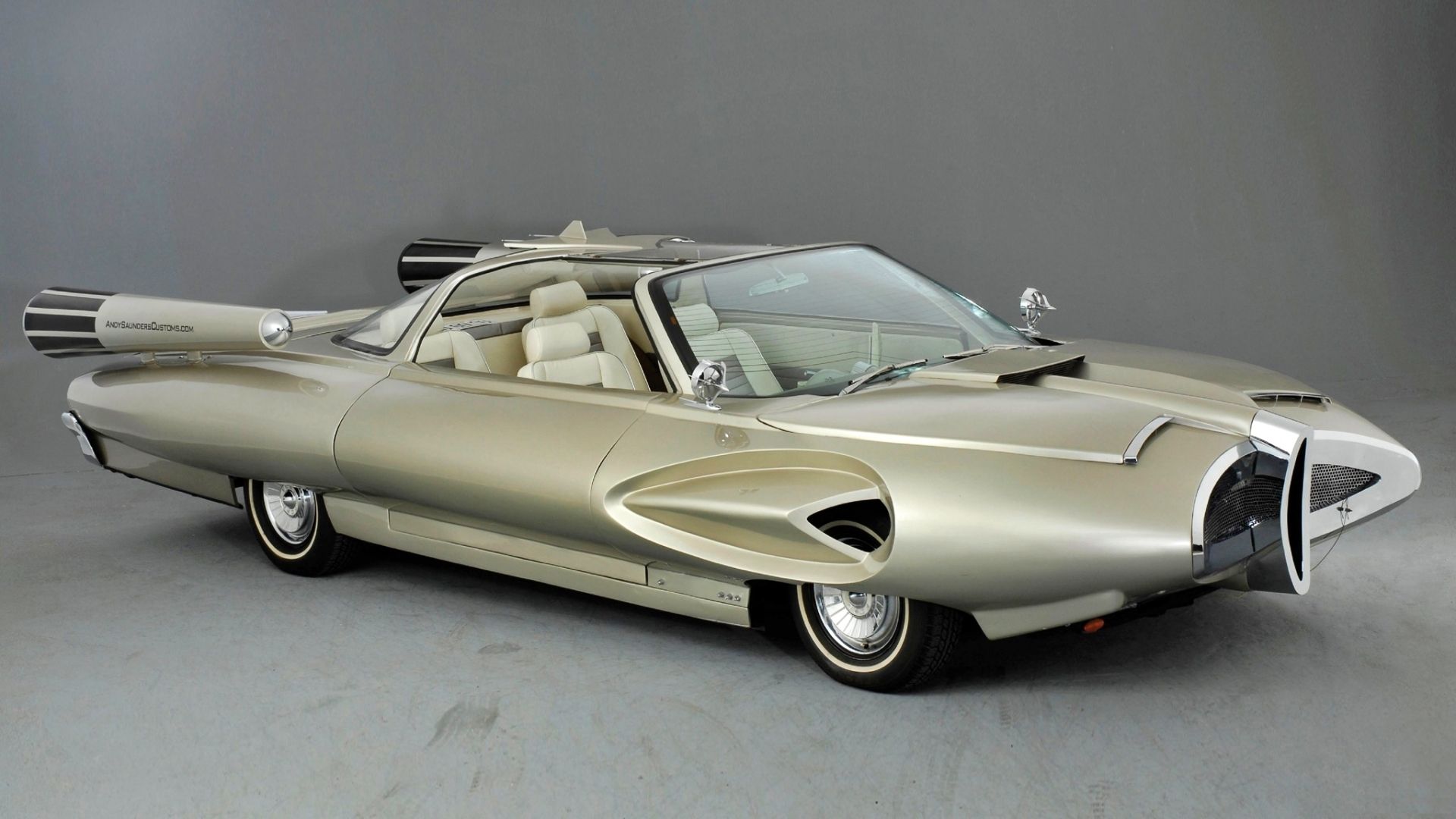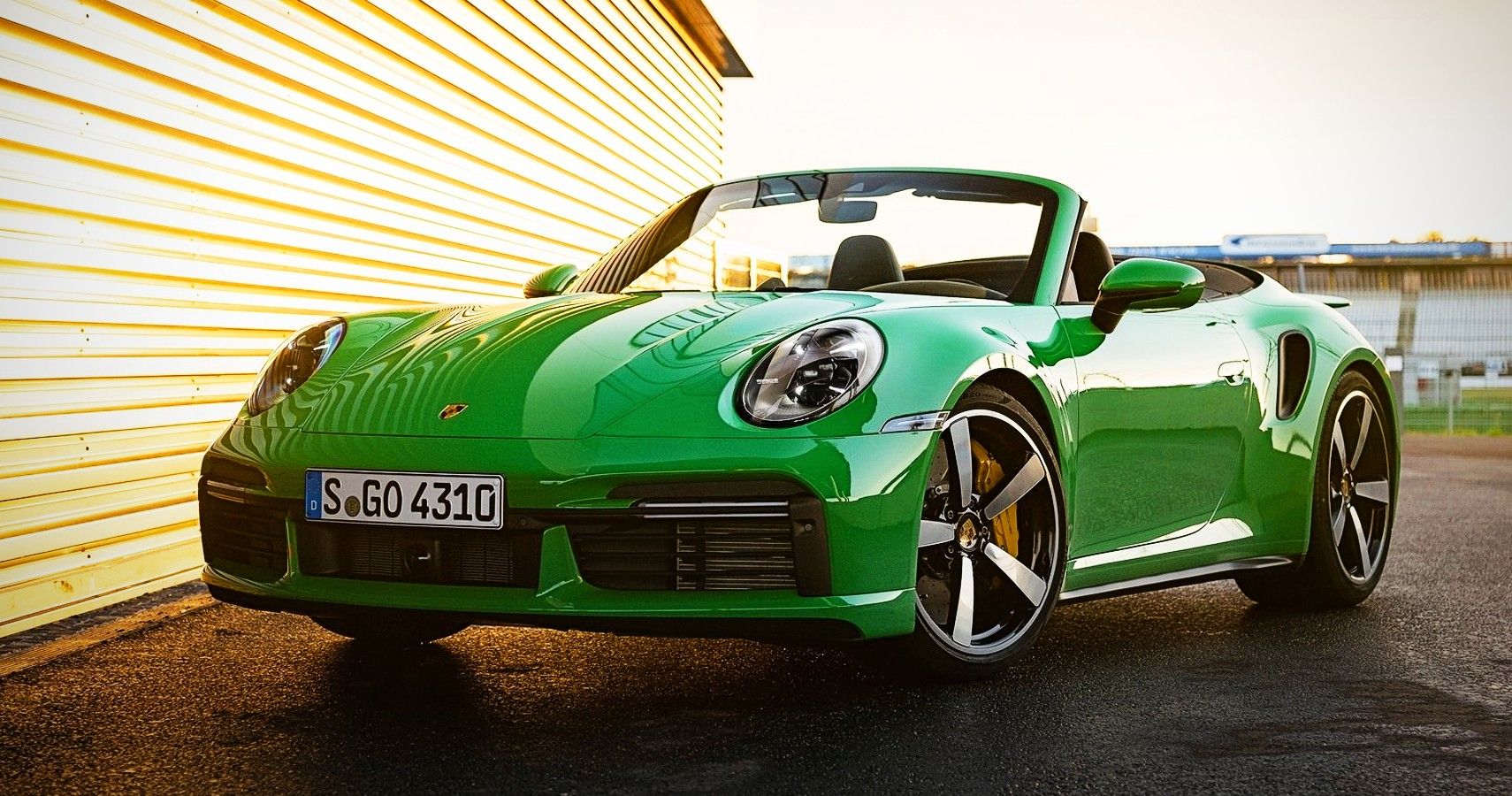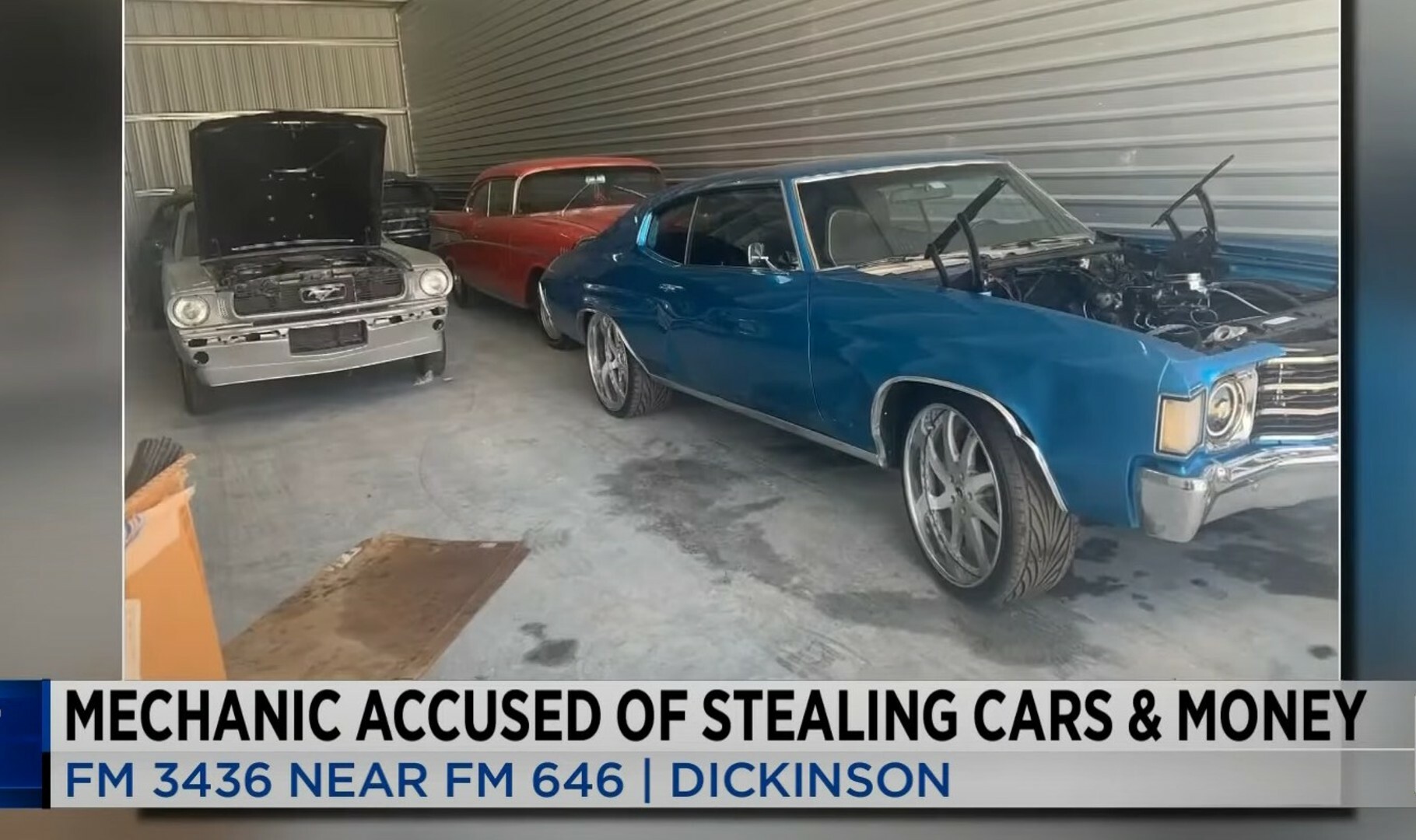Steve Hoelscher
True Classic
We have done extensive research on building an electric version of our Cardinal track car. The ICE engine car is about 1800 lbs. The EV version, with an hour of on-track battery capability, would still be well under 2000 lbs.
The article's title "... an electric Caterham you can actually track." is not necessarily an acurate statement. More and more tracks are banning EVs due to safety considerations. There are two issues: First, and most obviously, is the fire hazard. Few tracks have the capability to deal with an EV fire and they really don't want to. The training, equipment and infrastructure is expensive to acquire and maintain. Second, is the physical, on-track, safety systems. Barriers (tire walls, concrete walls, gravel traps, fences, etc...) are all designed to manage ICE vehicles. EVs are typically heavier and can generate higher speeds in a given straight. Thus the track will have a physics problem. Because energy goes up with the square of speed, the heavier and faster EV makes the existing barriers insufficient. This is a MAJOR problem for the track operator that is only now becoming understood.
The article's title "... an electric Caterham you can actually track." is not necessarily an acurate statement. More and more tracks are banning EVs due to safety considerations. There are two issues: First, and most obviously, is the fire hazard. Few tracks have the capability to deal with an EV fire and they really don't want to. The training, equipment and infrastructure is expensive to acquire and maintain. Second, is the physical, on-track, safety systems. Barriers (tire walls, concrete walls, gravel traps, fences, etc...) are all designed to manage ICE vehicles. EVs are typically heavier and can generate higher speeds in a given straight. Thus the track will have a physics problem. Because energy goes up with the square of speed, the heavier and faster EV makes the existing barriers insufficient. This is a MAJOR problem for the track operator that is only now becoming understood.
Last edited:



/cloudfront-us-east-2.images.arcpublishing.com/reuters/EUMB3X6CDFPNBMHMBGWITET6F4.jpg)






